1.
Introduction
In this article, we study the oscillatory behavior of the fourth-order neutral nonlinear differential equation of the form
where w(t):=u(t)+a(t)u(τ(t)) and the first term means the p-Laplace type operator (1<p<∞). The main results are obtained under the following conditions:
L1: Φpi[s]=|s|pi−2s, i=1,2,
L2: r∈C[t0,∞) and under the condition
L3: a,q∈C[t0,∞), q(t)>0, 0≤a(t)<a0<∞, τ,ϑ∈C[t0,∞), τ(t)≤t, limt→∞τ(t)=limt→∞ϑ(t)=∞
By a solution of (1.1) we mean a function u ∈C3[tu,∞), tu≥t0, which has the property r(t)(w′′′(t))p1−1∈C1[tu,∞), and satisfies (1.1) on [tu,∞). We assume that (1.1) possesses such a solution. A solution of (1.1) is called oscillatory if it has arbitrarily large zeros on [tu,∞), and otherwise it is called to be nonoscillatory. (1.1) is said to be oscillatory if all its solutions are oscillatory.
We point out that delay differential equations have applications in dynamical systems, optimization, and in the mathematical modeling of engineering problems, such as electrical power systems, control systems, networks, materials, see [1]. The p-Laplace equations have some significant applications in elasticity theory and continuum mechanics.
During the past few years, there has been constant interest to study the asymptotic properties for oscillation of differential equations with p-Laplacian like operator in the canonical case and the noncanonical case, see [2,3,4,11] and the numerical solution of the neutral delay differential equations, see [5,6,7]. The oscillatory properties of differential equations are fairly well studied by authors in [16,17,18,19,20,21,22,23,24,25,26,27]. We collect some relevant facts and auxiliary results from the existing literature.
Liu et al. [4] studied the oscillation of even-order half-linear functional differential equations with damping of the form
where n is even. This time, the authors used comparison method with second order equations.
The authors in [9,10] have established sufficient conditions for the oscillation of the solutions of
where n is even and p>1 is a real number, in the case where ϑi(t)≥υ (with r∈C1((0,∞),R), qi∈C([0,∞),R), i=1,2,..,j).
We point out that Li et al. [3] using the Riccati transformation together with integral averaging technique, focuses on the oscillation of equation
Park et al. [8] have obtained sufficient conditions for oscillation of solutions of
As we already mentioned in the Introduction, our aim here is complement results in [8,9,10]. For this purpose we discussed briefly these results.
In this paper, we obtain some new oscillation criteria for (1.1). The paper is organized as follows. In the next sections, we will mention some auxiliary lemmas, also, we will use the generalized Riccati transformation technique to give some sufficient conditions for the oscillation of (1.1), and we will give some examples to illustrate the main results.
2.
Main results
For convenience, we denote
for some μ∈(0,1) and every M1,M2 are positive constants.
Definition 1. A sequence of functions {δn(t)}∞n=0 and {σn(t)}∞n=0 as
We see by induction that δn(t)≤δn+1(t) and σn(t)≤σn+1(t) for t≥t0, n>1.
In order to discuss our main results, we need the following lemmas:
Lemma 2.1. [12] If the function w satisfies w(i)(ν)>0, i=0,1,...,n, and w(n+1)(ν)<0 eventually. Then, for every ε1∈(0,1), w(ν)/w′(ν)≥ε1ν/n eventually.
Lemma 2.2. [13] Let u(t) be a positive and n-times differentiable function on an interval [T,∞) with its nth derivative u(n)(t) non-positive on [T,∞) and not identically zero on any interval of the form [T′,∞), T′≥T and u(n−1)(t)u(n)(t)≤0, t≥tu then there exist constants θ, 0<θ<1 and ε>0 such that
for all sufficient large t.
Lemma 2.3 [14] Let u∈Cn([t0,∞),(0,∞)). Assume that u(n)(t) is of fixed sign and not identically zero on [t0,∞) and that there exists a t1≥t0 such that u(n−1)(t)u(n)(t)≤0 for all t≥t1. If limt→∞u(t)≠0, then for every μ∈(0,1) there exists tμ≥t1 such that
Lemma 2.4. [15] Assume that (1.2) holds and u is an eventually positive solution of (1.1). Then, (r(t)(w′′′(t))p1−1)′<0 and there are the following two possible cases eventually:
Theorem 2.1. Assume that
Then (1.1) is oscillatory.
proof. Assume that u be an eventually positive solution of (1.1). Then, there exists a t1≥t0 such that u(t)>0, u(τ(t))>0 and u(ϑ(t))>0 for t≥t1. Since r′(t)>0, we have
for t≥t1. From definition of w, we get
which with (1.1) gives
Define
for some a constant ζ∈(0,1). By differentiating and using (2.4), we obtain
From Lemma 2.2, there exist constant ε>0, we have
Which is
by using (2.5) we have
Since w′(t)>0, there exist a t2≥t1 and a constant M>0 such that
Then, (2.6), turns to
that is
Integrating the above inequality from t to l, we get
Letting l→∞ and using ϖ>0 and ϖ′<0, we have
This implies
Let λ=inft≥Tϖ(t)/ϕ1(t) then obviously λ≥1. Thus, from (2.2) and (2.7) we see that
or
which contradicts the admissible value of λ≥1 and (p1−1)>0.
Therefore, the proof is complete.
Theorem 2.2. Assume that
and
Then (1.1) is oscillatory.
proof. Assume to the contrary that (1.1) has a nonoscillatory solution in [t0,∞). Without loss of generality, we let u be an eventually positive solution of (1.1). Then, there exists a t1≥t0 such that u(t)>0, u(τ(t))>0 and u(ϑ(t))>0 for t≥t1. From Lemma 2.4 there is two cases (G1) and (G2).
For case (G1). Define
By differentiating ω and using (2.4), we obtain
From Lemma 2.1, we get
Integrating again from t to ϑ(t), we find
It follows from Lemma 2.3 that
for all μ1∈(0,1) and every sufficiently large t. Since w′(t)>0, there exist a t2≥t1 and a constant M>0 such that
for t≥t2. Thus, by (2.10), (2.11), (2.12) and (2.13), we get
that is
Integrating (2.14) from t to l, we get
Letting l→∞ and using ω>0 and ω′<0, we have
This implies
Let λ=inft≥Tω(t)/ξ∗(t) then obviously λ≥1. Thus, from (2.8) and (2.16) we see that
or
which contradicts the admissible value of λ≥1 and (p1−1)>0.
For case (G2). Integrating (2.4) from t to m, we obtain
From Lemma 2.1, we get that
For (2.17), letting m→∞and using (2.18), we see that
Integrating this inequality again from t to ∞, we get
for all ε1∈(0,1). Define
By differentiating y and using (2.13) and (2.19), we find
hence
The proof of the case where (G2) holds is the same as that of case (G1). Therefore, the proof is complete.
Theorem 2.3. Let δn(t) and σn(t) be defined as in (2.1). If
and
for some n, then (1.1)is oscillatory.
proof. Assume to the contrary that (1.1) has a nonoscillatory solution in [t0,∞). Without loss of generality, we let u be an eventually positive solution of (1.1). Then, there exists a t1≥t0 such that u(t)>0, u(τ(t))>0 and u(ϑ(t))>0 for t≥t1. From Lemma 2.4 there is two cases.
In the case (G1), proceeding as in the proof of Theorem 2.2, we get that (2.12) holds. It follows from Lemma 2.3 that
From definition of ω(t) and (2.24), we have
Thus,
Therefore,
which contradicts (2.22).
The proof of the case where (G2) holds is the same as that of case (G1). Therefore, the proof is complete.
Corollary 2.1. Let δn(t) and σn(t) be defined as in (2.1). If
and
for some n, then (1.1) is oscillatory.
proof. Assume to the contrary that (1.1) has a nonoscillatory solution in [t0,∞). Without loss of generality, we let u be an eventually positive solution of (1.1). Then, there exists a t1≥t0 such that u(t)>0, u(τ(t))>0 and u(ϑ(t))>0 for t≥t1. From Lemma 2.4 there is two cases (G1) and (G2).
In the case (G1), proceeding as in the proof of Theorem 2, we get that (2.15) holds. It follows from (2.15) that ω(t)≥δ0(t). Moreover, by induction we can also see that ω(t)≥δn(t) for t≥t0, n>1. Since the sequence {δn(t)}∞n=0 monotone increasing and bounded above, it converges to δ(t). Thus, by using Lebesgue's monotone convergence theorem, we see that
and
Since δn(t)≤δ(t), it follows from (2.27) that
Hence, we get
This implies
which contradicts (2.25). The proof of the case where (G2) holds is the same as that of case (G1). Therefore, the proof is complete.
Example 2.1. Consider the differential equation
where q0>0 is a constant. Let p1=p2=2, r(t)=1, a(t)=1/2, τ(t)=t/2, ϑ(t)=t/3 and q(t)=q0/t4. Hence, it is easy to see that
and
also, for some ε>0, we find
Hence, by Theorem 2.1, every solution of Eq (2.28) is oscillatory if q0>121.5ε.
Example 2.2. Consider a differential equation
where q0>0 is a constant. Note that p=2, t0=1, r(t)=1, a(t)=a0, τ(t)=τ0t, ϑ(t)=ϑ0t and q(t)=q0/tn.
Easily, we see that condition (2.8) holds and condition (2.9) satisfied.
Hence, by Theorem 2.2, every solution of Eq (2.29) is oscillatory.
Remark 2.1. Finally, we point out that continuing this line of work, we can have oscillatory results for a fourth order equation of the type:
3.
Conclusion
The paper is devoted to the study of oscillation of fourth-order differential equations with p-Laplacian like operators. New oscillation criteria are established by using a Riccati transformations, and they essentially improves the related contributions to the subject.
Further, in the future work we get some Hille and Nehari type and Philos type oscillation criteria of (1.1) under the condition ∫∞υ01r1/(p1−1)(s)ds<∞.
Acknowledgments
The authors express their debt of gratitude to the editors and the anonymous referee for accurate reading of the manuscript and beneficial comments.
Conflict of interest
The author declares that there is no competing interest.











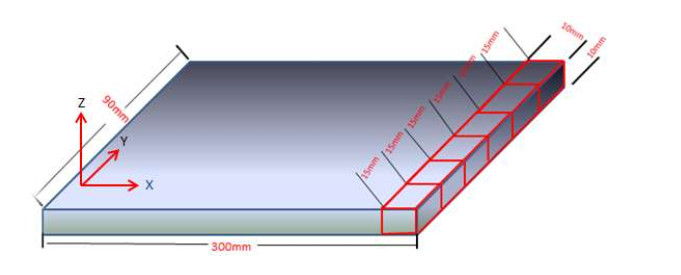

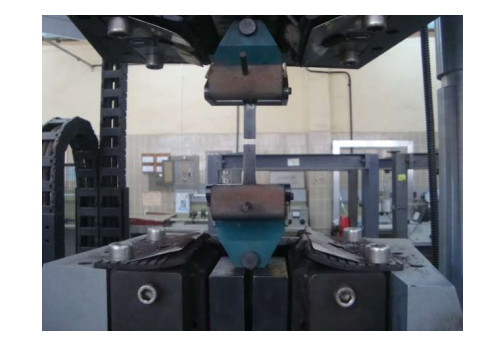
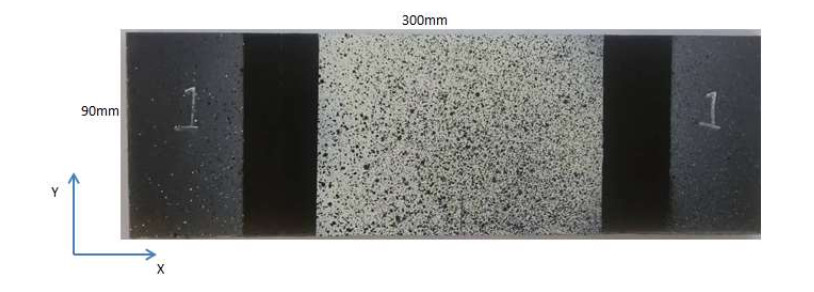
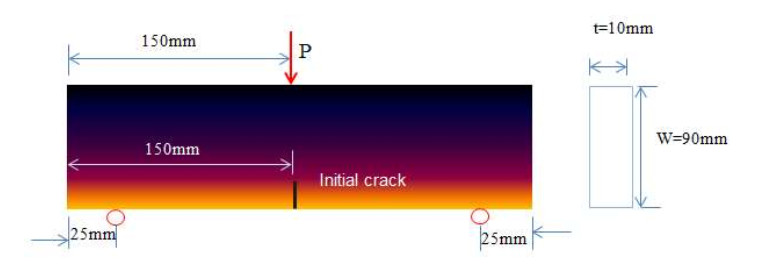
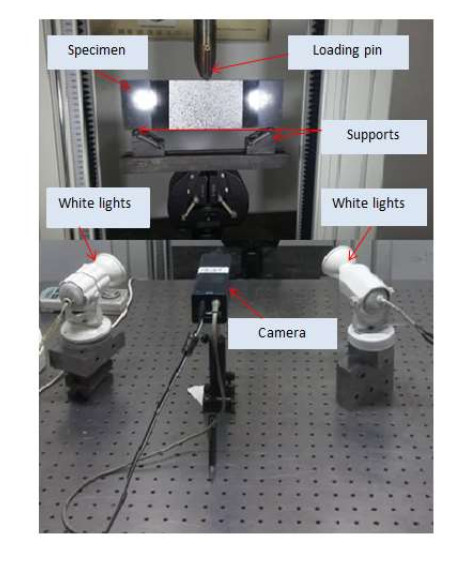
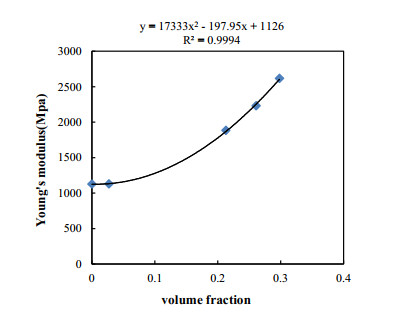
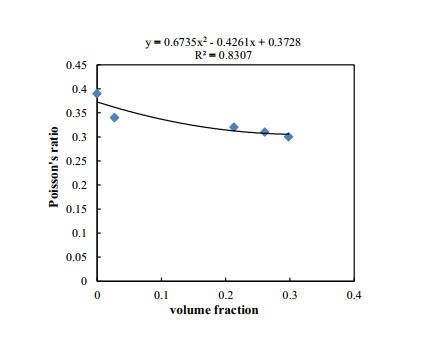
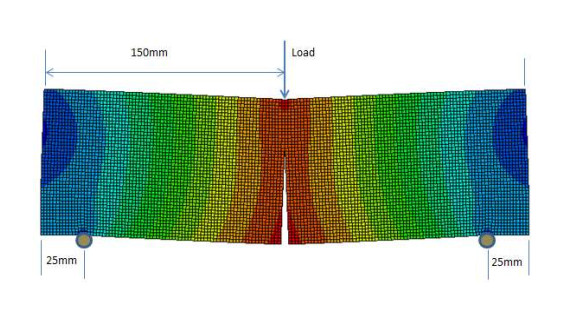
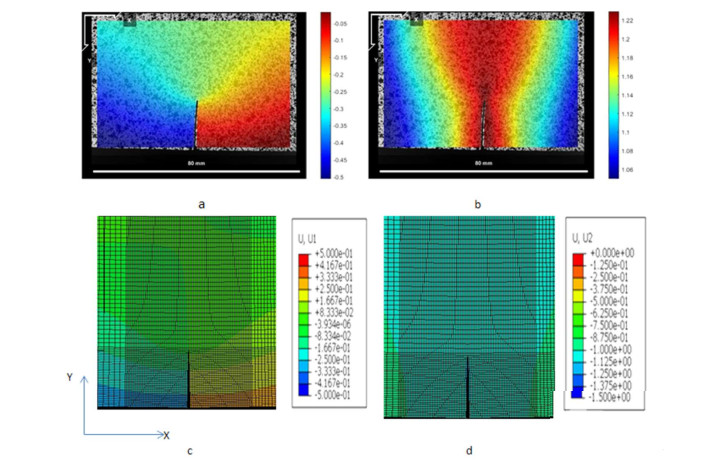
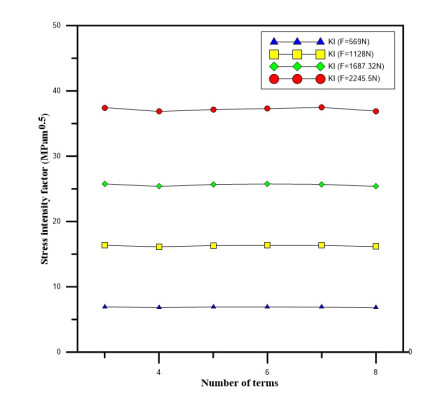


 DownLoad:
DownLoad: